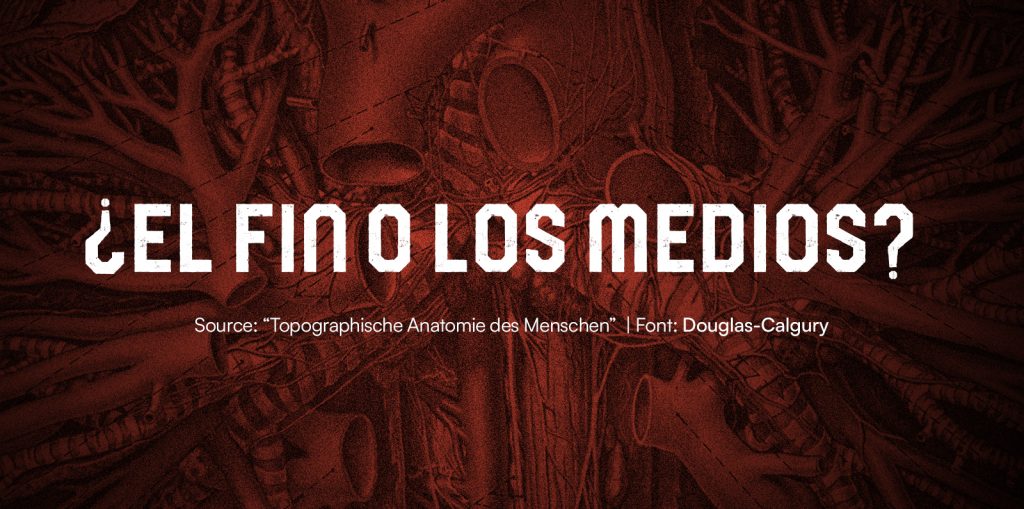Eduard Pernkopf was born in Rapottenstein, Austria, in 1888. After World War I, he became a professor of anatomy at the University of Vienna in 1928.
Pernkopf began working on a laboratory manual to serve as a guide. This guide was published in 4 volumes between 1937 and 1960. It contains more than 800 color watercolor illustrations created by illustrators Erich Lepier, Ludwig Schrott, Karl Endtresser, and Franz Batke.
The anatomical atlas by Dr. Eduard Pernkopf (“Topographische Anatomie des Menschen”) accurately and intricately reproduces the inside of the human body. Thanks to its colors, all elements of human anatomy can be distinguished more clearly than with the naked eye.
In 1989, the publisher decided to stop publishing the work for ethical reasons. However, Pernkopf’s Atlas remains valuable for certain surgical procedures.
Anatomical Atlas and Nazism
There is an ethical-scientific debate about whether to continue using the Atlas or not. Critics argue that no one should benefit from the exploitation of victims of nationalism, while defenders emphasize that its illustrations are still used to save lives, even today, due to their level of detail.
Susan Mackinnon, a plastic and reconstructive surgeon, says that she does not feel comfortable using the book because of its origin, but that it is a crucial part of being an “ethical surgeon.”
Another testimony comes from Rabbi Joseph Polak, who survived the Holocaust and is a professor of health law. He is clear that the Atlas is a “moral enigma” due to its origin, but it can be used to help people.
Polak concludes that, knowing its origin, if it serves to heal, there is no doubt that the Atlas can be used.
Do you believe it should continue to be used to save lives, or do you think its use should not be promoted due to its origin? You can check out the Twitter thread where you can see the detailed illustrations and judge for yourself whether it’s worth using.




